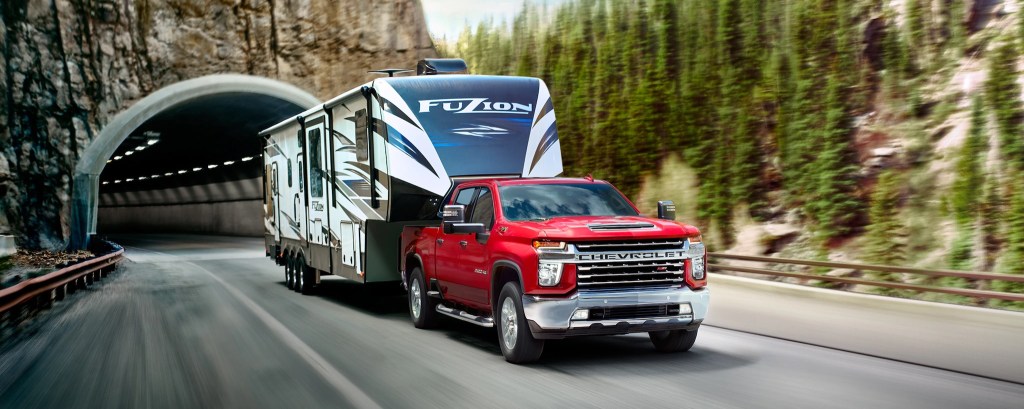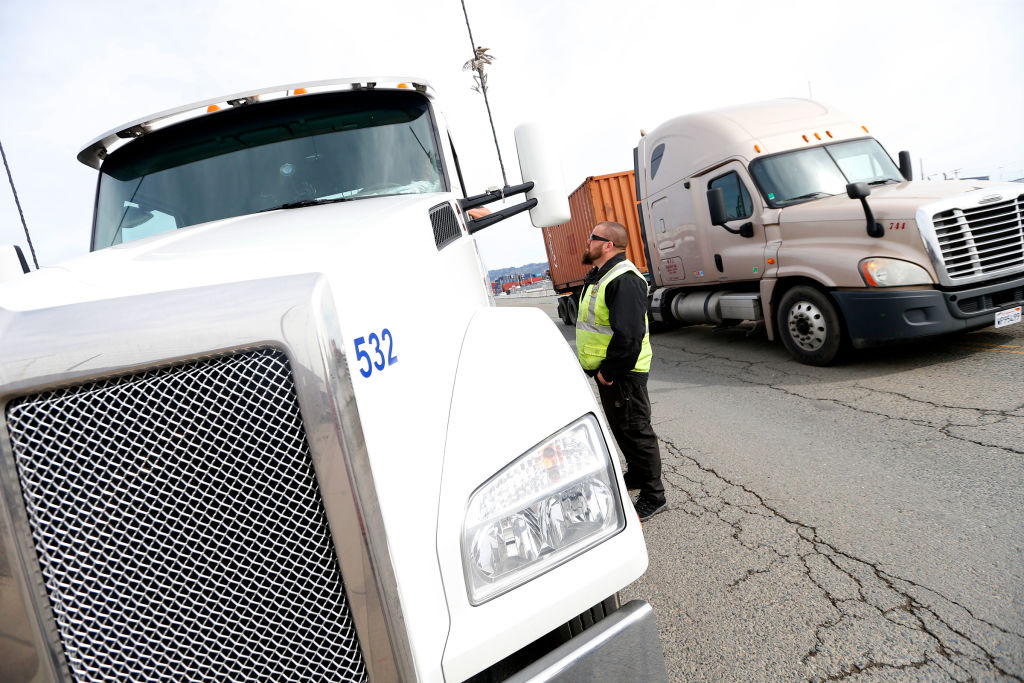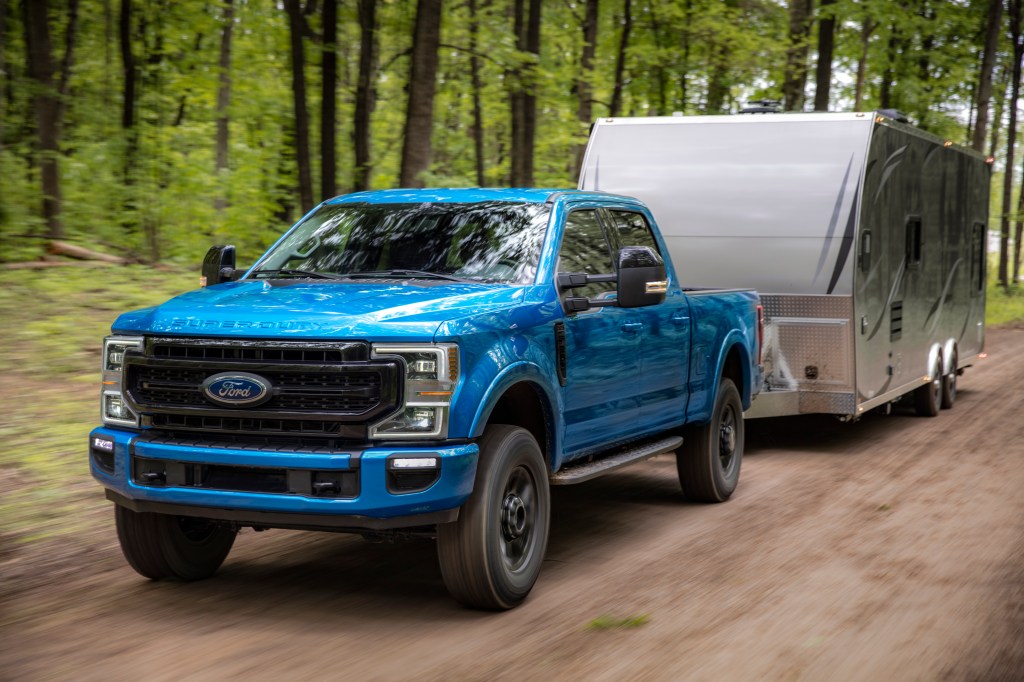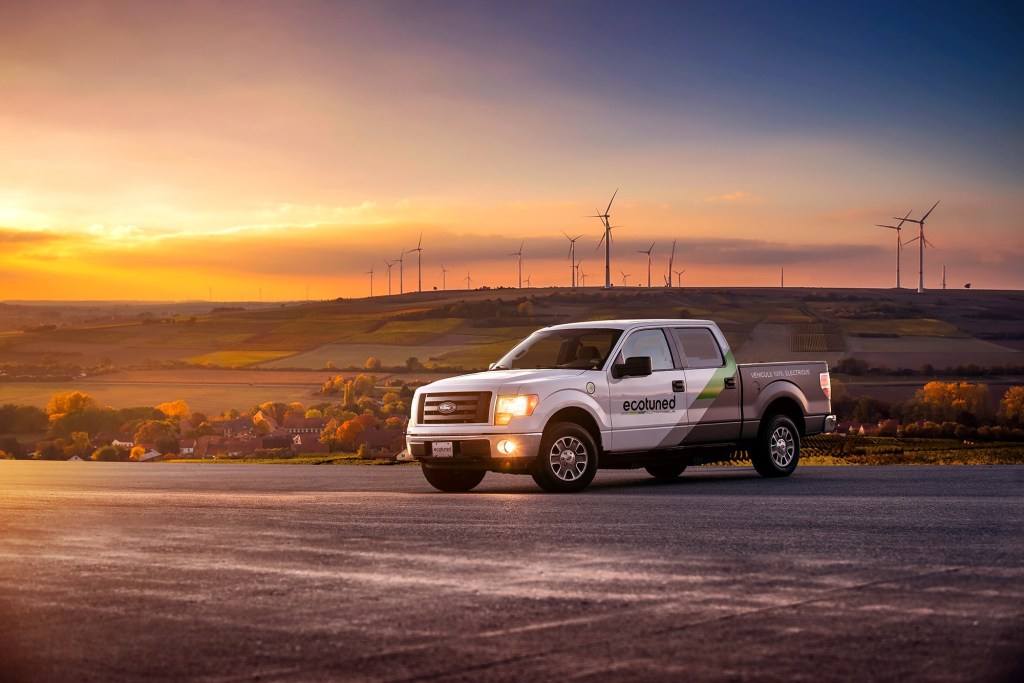
The EPA Will Finally Make It Harder for Heavy-Duty Trucks to Spew Pollution
The increased number of heavy-duty trucks on the road today has caused headaches. Not just from the traffic, but because of the emissions. Heavy-duty trucks don’t have to report to the EPA, a loophole Tesla may be taking advantage of with its Cybertruck. This loophole, along with the problematic pastime of rolling coal, can lead to a variety of problems. Not least of these is smog. California, in particular, has been fighting for the EPA to continue legislating for tougher emissions standards. And in a recent announcement, the EPA plans to do just that.
What the EPA is doing about heavy-duty truck emissions
As Autoblog reported, the EPA is currently working on its Cleaner Trucks Initiative. The EPA plans on setting more stringent limits on nitrogen oxide (NOx) and other emissions from heavy-duty trucks, especially diesels. The last time the agency did something like this was in 2000.

At the moment, no official legislation has been approved or drafted. However, EPA Administrator Andrew Wheeler is calling this announced an “Advance Notice of Proposed Rulemaking.” These changes are happening, but the EPA wants to hear from the public first.
When will these new emissions standards take effect?
This isn’t coming out of nowhere. With the aftermath of VW’s Dieselgate, the EPA had already begun the processing of strengthening emissions standards under President Obama’s administration. And the Washington Post stated that the EPA had said in November 2018 that the agency would be seeking to update heavy-duty truck emissions standards.
The EPA will formally announce the heavy-duty truck emissions standards sometime in early 2020. Meanwhile, the California Air Resources Board is already scheduling public hearings on the matter. According to Autoblog, CARB wants NOx emissions to drop roughly 70% from 2019 levels. Otherwise, the South Coast Air Basin won’t meet national air quality standards.
Why these new heavy-duty truck emissions standards are important

CARB has been pushing for these new NOx and other pollutant standards because 60% of all heavy-duty truck traffic in the state comes from trucks registered out of state. Their citizens are paying the cost of the pollution.

When the EPA says ‘heavy-duty trucks’, the agency doesn’t just mean semis. According to Dieselnet, the term ‘heavy-duty’ is used for any truck with a gross vehicle weight rating of over 8,500 lbs. That includes trucks like the Ford F-250 and Ram 2500, trucks ordinary people regularly buy and use.
NOx emissions can cause asthma attacks, and other health problems, Reuters reported. Other harmful emissions are linked to cancer, birth defects, and neurological damage. Not to mention acid rain, and above all, smog. NOx emissions have decreased over the years, but they were so bad in California, the smog resembled a chemical attack.
And heavy-duty trucks are some of the worst NOx emitters. Especially ‘gliders’, semis made from new bodies but old engines. Those old engines have old emissions equipment. Under the Obama administration, there were glider production caps. At the beginning of the new administration, that changed. However, Jalopnik reported the cap has been reinstated.
How the industry has been responding
Unlike the fuel economy standards, the trucking industry is supporting the CTI. But these suppliers and manufacturers aren’t simply funding legal developments. They’re also approaching the issue through engineering and technology.
Cummins, for example, has been developing hydrogen fuel-cell electric semi-trucks. The engine manufacturer is partnered with Hyundai, who has developed its own hydrogen fuel-cell semi-truck. There’s also Nikola, which is testing battery-powered and hydrogen-powered semi-trucks. Anheuser-Busch is even using Nikola trucks to complete deliveries.

At the moment, non-semi-truck heavy-duty trucks still rely on fossil fuels. However, it is possible that the EV technology in Ford’s upcoming electric F-150, or Chevrolet’s electric Silverado, could be put into the heavy-duty versions. Or perhaps Ecotuned could make an electric heavy-duty truck.
There’s still work to be done. But these are encouraging first steps.
Follow more updates from MotorBiscuit on our Facebook page.


